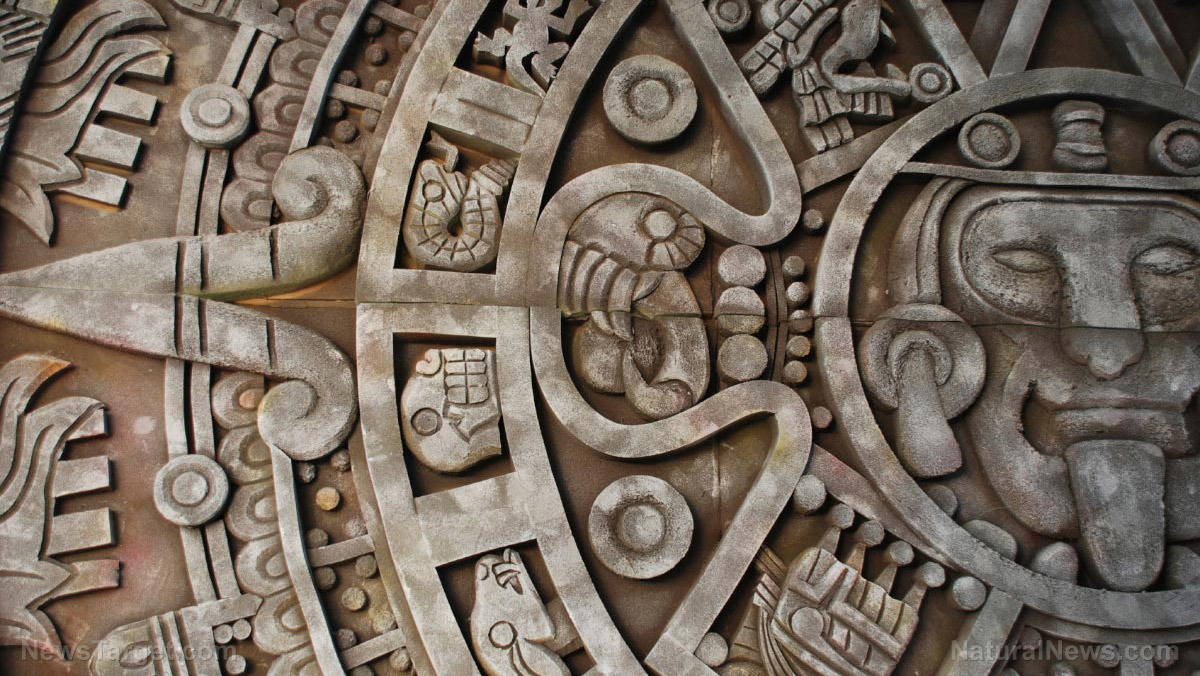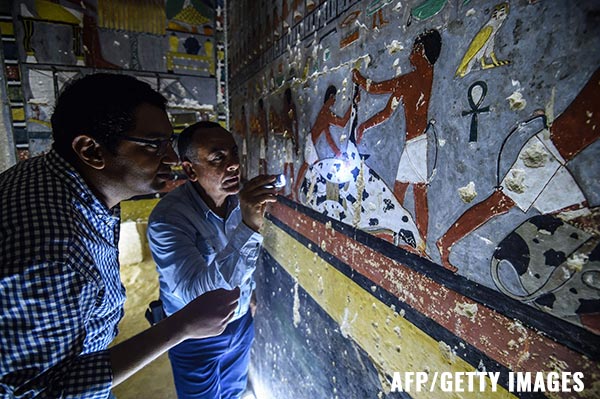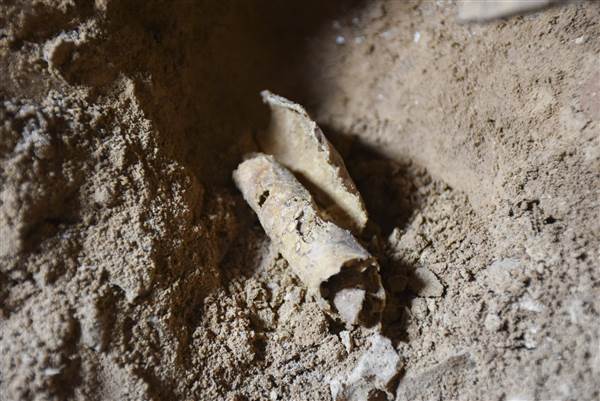Archaeologists uncover remains of mysterious Mayan queen in underground pyramid in Guatemala
10/13/2019 / By Edsel Cook

The Mayan civilization dominated Mesoamerica before the arrival of the Spanish conquistadors. A recent excavation in Guatemala uncovered the remains of a Mayan royal in a pyramid deep in the jungle.
One of the three pyramids archaeologists found hosted the complete skeleton of a woman believed to be a Mayan queen. Researchers say her mortal remains are 1,500 years old.
They also believe that the remains of her husband may have been laid in a separate tomb somewhere in the pyramid.
Other finds by the expedition included the decapitated skull of a child at the bottom of a deep well. The child may have been a human sacrifice.
The pyramid complex formed part of the archaeological site of Holmul. Situated near the Gautemala-Belize border, the site lies near the modern city of Witzna.
Archaelogists discovered the previously-hidden pyramids with the help of radar technology called LIDAR (light detection and ranging). The ruins ran along a causeway that led out of Witzna.
They also found what appeared to be a military watchtower and evidence suggesting that the site had been attacked at some point. (Related: Mass grave discovered in Peru: Hundreds of children and animals were sacrificed in the 15th century.)
Researchers find the remains of a possible Mayan queen in a pyramid
The researchers theorized that the female skeleton they discovered belonged to a Mayan queen. Although it was badly decayed, the skeleton was still complete. Analyses suggested that the woman had reached a ripe old age.
The precious items discovered beside her remains hinted at her royal lineage. The team also pointed out the prominent position of her grave — she had to be someone significant to merit getting buried in that part of the pyramid.
If the woman turns out to be a queen, then there might be a king entombed somewhere in the same structure. Given the presence of multiple pyramids, there might be as many as five kings buried there.
Other discoveries they made include a military watchtower, and a deep well that contained the teeth and skull of a child, apparently a human sacrifice required by the Mayan religion.
They also found lots of potsherd at the watchtower. The broken pieces of pottery might have come from sacrificial offerings placed at the top of the pyramid, the researchers surmised.
Other finds at the Holmul site point to rituals, possible hostile attack, and other royal occupants
One of the artifacts found in the watchtower was a carved stone monument that had been burnt and violently defaced. The researchers attributed its destruction to either ritualistic activity or an attack by hostile outsiders.
They also found pottery of high quality, including a rare maize-chocolate vase that bore inscriptions with the name of a Mayan king. This led them to believe he might be one of the people buried in the pyramids.
“It is amazing to see how much information we are able to extract from this simple object,” remarked Tulane University researcher Dr. Francisco Estrada-Belli. “Because of the inscription and the location in which it was found we know about the identity, political and family relations of the owner and even about the time of [his] death.”
Estrada-Belli served as the Guatemalan project director of the excavation. He expressed pleasure that his team had beaten looters to the archaeological site.
The skeletal remains of a man who might be a Holmul king was also discovered in another burial chamber.
See Artifacts.news for more coverage of ancient history and archaeology.
Sources include:
Tagged Under: ancient burial sites, ancient civilization, Ancient civilizations, ancient history, ancient king, ancient queen, archaeological sites, Archaeology, artifacts, excavation, guatemala, history, Holmul, human sacrifices, LIDAR, Mayan Civilization, Mayan queen, mayans, mesoamerica, pyramids, radar technology, research, ritualistic activity
RECENT NEWS & ARTICLES
COPYRIGHT © 2017 ARTIFACTS NEWS


















